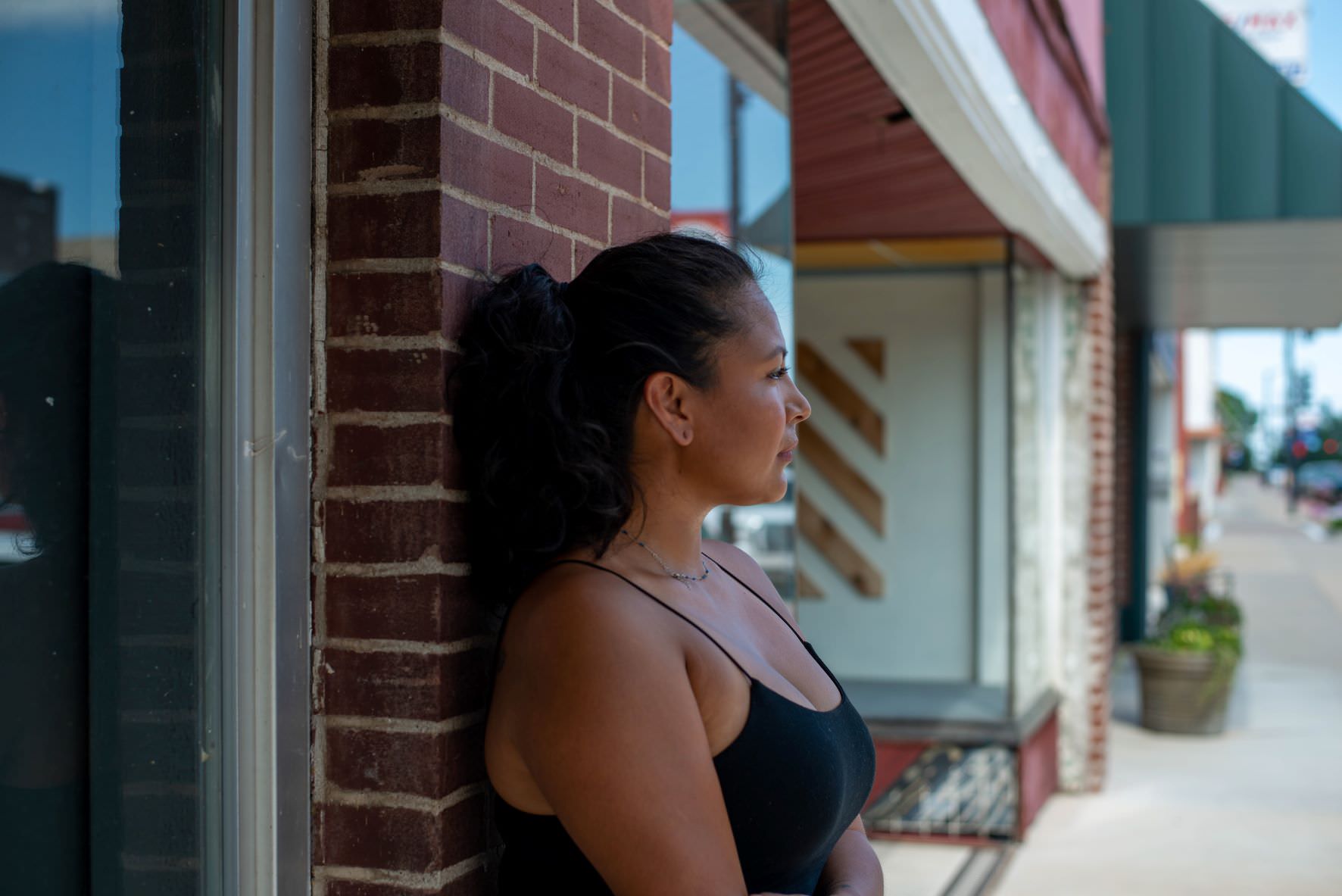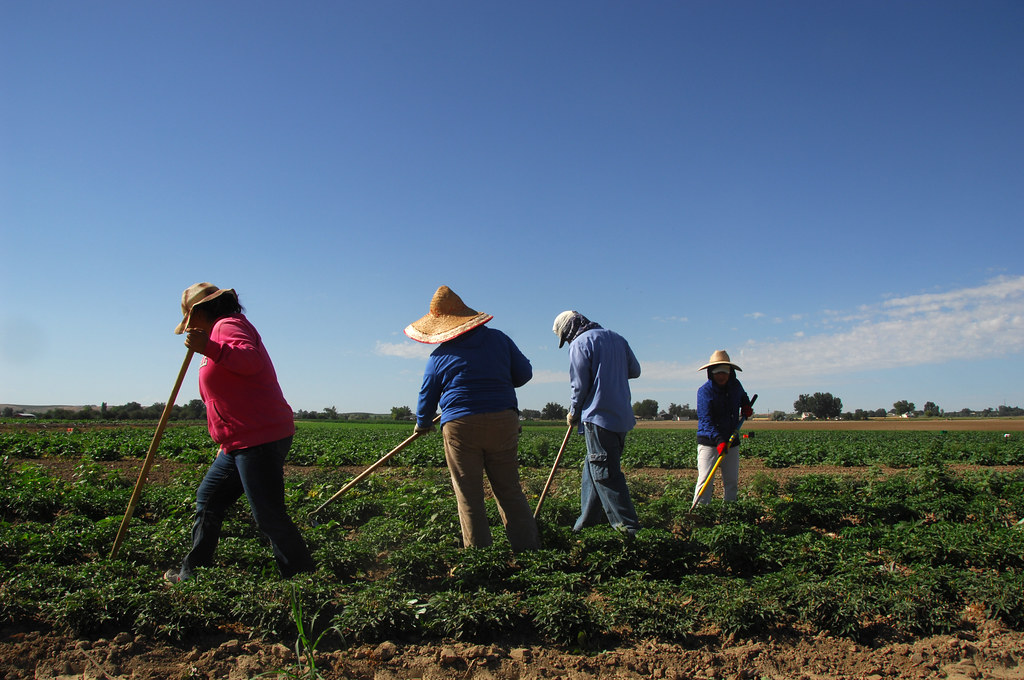Human Trafficking Information
Sex Trafficking
Sex trafficking involves the use of force, fraud, or coercion to induce a commercial sex act. In the United States, it is a widespread issue that affects people of all genders, ages, and backgrounds. Victims are often lured or coerced into trafficking situations, and once they are under the control of traffickers, they are often subjected to physical and sexual abuse, forced drug use, and other forms of violence. The consequences of sex trafficking can be devastating and long-lasting, including physical and psychological trauma, health problems, and social isolation.
Commercial Sexual Exploitation of Children (CSEC) involves treating children as objects for commercial and sexual purposes. It includes activities such as using, selling, or trading children in exchange for something valuable. CSEC encompasses crimes like child pornography, sexual activity with a child in exchange for goods or services, child sex tourism, and performances in sexual venues. This exploitation can occur through various means such as prostitution, pornography, stripping, escort services, or online platforms. Venues where exploitation happens include social networks, brothels, streets, hotels, and private residences. CSEC or child sex trafficking is child abuse and needs to be reported to law enforcement or the child abuse hotline.
The at:project is working to combat sex trafficking and CSEC in Central Oregon through prevention, intervention, and support services for survivors.
Myths vs. Facts

Myth: Sex trafficking only happens in other countries, not in the US.
Fact: Sex trafficking occurs in every state in the US, and American citizens are both victims and perpetrators.
Myth: Only women and girls are victims of sex trafficking.
Fact: People of all genders can be victims of sex trafficking, including men, boys, and transgender individuals.
Myth: Sex trafficking only happens to people who are poor or uneducated.
Fact: Anyone can be a victim of sex trafficking, regardless of their socio-economic status, education level, or background.
Myth: Sex trafficking victims can easily escape if they really want to.
Fact: Victims of sex trafficking are often subjected to physical and psychological abuse, threats, and manipulation, making it extremely difficult to escape.
It is important to educate ourselves and others about the realities of sex trafficking to combat these harmful myths and provide support to survivors.
What makes someone vulnerable to sex trafficking?
There are many risk factors that can make individuals more vulnerable to sex trafficking, including:
- Poverty and economic insecurity: Individuals who are experiencing financial hardship or lack of access to basic needs such as food, shelter, and healthcare are more vulnerable to exploitation.
- History of abuse or trauma: People who have experienced abuse or trauma in the past may be more susceptible to manipulation or coercion by traffickers.
- Marginalization and discrimination: Individuals who belong to marginalized or discriminated groups, such as those based on race, ethnicity, gender, sexual orientation, or disability, may face additional barriers to accessing resources and protection.
- Lack of social support: People who lack strong social networks, such as family or community support, may be more vulnerable to traffickers who offer false promises of love, affection, or belonging.
- Substance abuse or addiction: Individuals who struggle with substance abuse or addiction may be more vulnerable to trafficking due to the need to support their habits or the manipulation of traffickers who use drugs as a tool of control.
- Immigration status: Undocumented immigrants or those with limited legal status may be at greater risk of exploitation due to their fear of deportation or lack of access to legal protections.
It is important to address these risk factors and provide resources and support to individuals who may be vulnerable to sex trafficking in order to prevent exploitation and support survivors.
Labor Trafficking
Labor trafficking is a form of exploitation where individuals are subjected to forced labor or services against their will. It involves the use of deception, coercion, or threats to control and manipulate victims, who may be both foreign nationals and US citizens. They are often lured or tricked into situations where they are forced to work in various industries, enduring harsh conditions, physical abuse, and emotional trauma. Labor trafficking strips individuals of their freedom, dignity, and basic human rights, leaving them trapped in a cycle of exploitation and vulnerability. The at:project is working in Central Oregon to combat labor trafficking through prevention, intervention, and support services for survivors.
Myths vs. Facts

Myth: Labor trafficking only happens in other countries, not in the US.
Fact: Labor trafficking occurs in every state in the US, affecting both US citizens and foreign nationals.
Myth: Labor trafficking only happens to uneducated or unskilled workers.
Fact: Anyone can be a victim of labor trafficking, including highly skilled workers, and they can be exploited in a range of industries.
Myth: Labor trafficking victims are always physically restrained or locked up.
Fact: Victims of labor trafficking can be forced to work under a variety of circumstances, including through threats, deception, and debt bondage, and may not necessarily be physically restrained.
Myth: Labor trafficking victims are always immigrants or foreign nationals.
Fact: Both US citizens and foreign nationals can be victims of labor trafficking, and they can be trafficked within their own communities or across state lines.
Myth: Labor trafficking only involves manual labor jobs, such as agriculture or construction.
Fact: Labor trafficking can occur in a wide range of industries, including hospitality, retail, health care, and manufacturing.
Myth: Labor trafficking victims can easily leave their situation if they want to.
Fact: Victims of labor trafficking are often threatened or intimidated and may not have access to their identification documents or other essential resources, making it difficult for them to leave their situation.
It is important to recognize the signs of labor trafficking and to understand the realities of this issue in order to combat these harmful myths and provide support to survivors.
What makes someone vulnerable to labor trafficking?
Human trafficking is sustained by systemic inequalities like racism, sexism, classism, or ableism, affecting more individuals from marginalized groups. There are several risk factors that can make individuals more vulnerable to labor trafficking, including:
- Poverty and economic insecurity: People who are experiencing financial hardship or lack of access to basic needs such as food, shelter, and healthcare may be more vulnerable to exploitation.
- Lack of education or job skills: Individuals who lack education or job skills may be more likely to be recruited for jobs that turn out to be trafficking situations.
- Marginalization and discrimination: People who belong to marginalized or discriminated groups, such as those based on race, ethnicity, gender, sexual orientation, or disability, may face additional barriers to accessing resources and protection.
- Language barriers: People who are not fluent in the local language may be more vulnerable to trafficking due to difficulty accessing information and communicating with others.
- Immigration status: Undocumented immigrants or those with limited legal status may be at greater risk of exploitation due to their fear of deportation or lack of access to legal protections.
- Deception and false promises: Individuals who are offered jobs or other opportunities that turn out to be different than what they were promised may be more vulnerable to trafficking.
- Geographic location: People who live in areas with high rates of poverty, crime, or trafficking may be at greater risk.
It is important to address these risk factors and provide resources and support to individuals who may be vulnerable to labor trafficking in order to prevent exploitation and support survivors.


